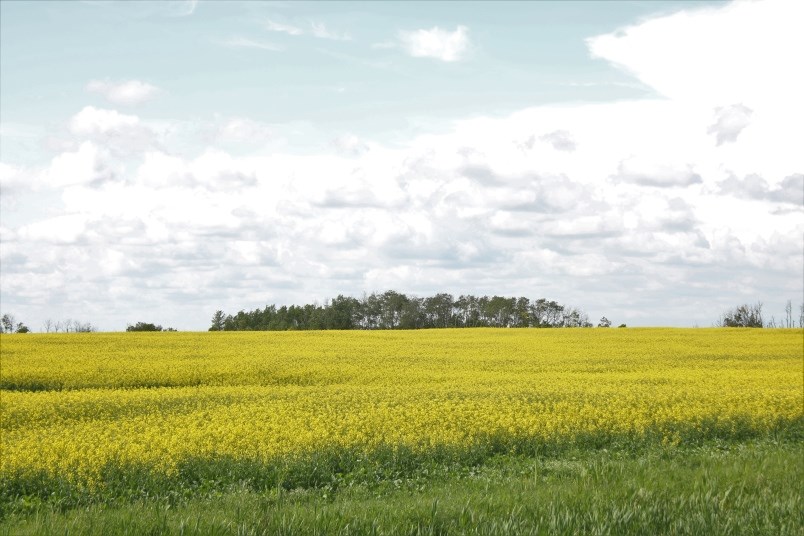YORKTON - While there are certainly areas of concern these days for agriculture and of course for our world in general, we do have one thing going for us – science is seeking answers.
Given time, and sufficient funding, science is likely to come up with answers to many of our concerns.
However, how much time is of course an unknown, which means the solutions may come too late in many cases.
And, funding is difficult at times to source, and at times the pocket the money comes from may mean dollars with strings attached to who owns the resulting technology, and just how much that technology might cost the public to actually benefit from.
We have certainly seen reports regarding specific drugs which can help people only be available at exorbitant costs as companies look to make huge returns.
It’s one of the reasons there is huge concern in much of the agriculture sector about the oft called ‘terminator gene’ technology, where seed would grow, but the next generation will not. It would give the seed seller immense control and that brings into question what might happen long term regarding food security.
But of course marketing and price are not decisions scientists make. They simply create and others take over.
What got me on this train of thought was a recent www.producer.com article. In it they reported Moolec Science, which has headquarters in Luxembourg and business operations in the United States and South America, has developed a genetically modified soybean that contains pork protein . . .
“Moolec scientists inserted pork protein DNA into the genetic code of soy to create the Piggy Sooy beans.”
I am reminded of chicken parts being grown in a sort of hothouse in Oryx and Crake the 2003 novel by Canadian author Margaret Atwood.
The new science would seem to offer the opportunity to grow the new beans and then extract essentially pork protein, which of course opens the door to whether it’s bean or meat, but that is for a later discussion.
This is pretty cutting edge stuff, and regulators and legislators are going to have some sleepless nights determining whether it should be allowed for broad production.
And, no doubt consumers are going to wade into the debate too, so don’t expect to have this bean on the menu anytime soon.
Beyond the regulatory nightmare ahead though, pause to consider the science here.
If we are reading about the emergence of Piggy Sooy today, what is just around the corner? It apparently took a decade to create the new beans, so what amazing things will science unveil for farming in the next 10-years?
Therein lies the best hope for the ag sector as we move forward.

